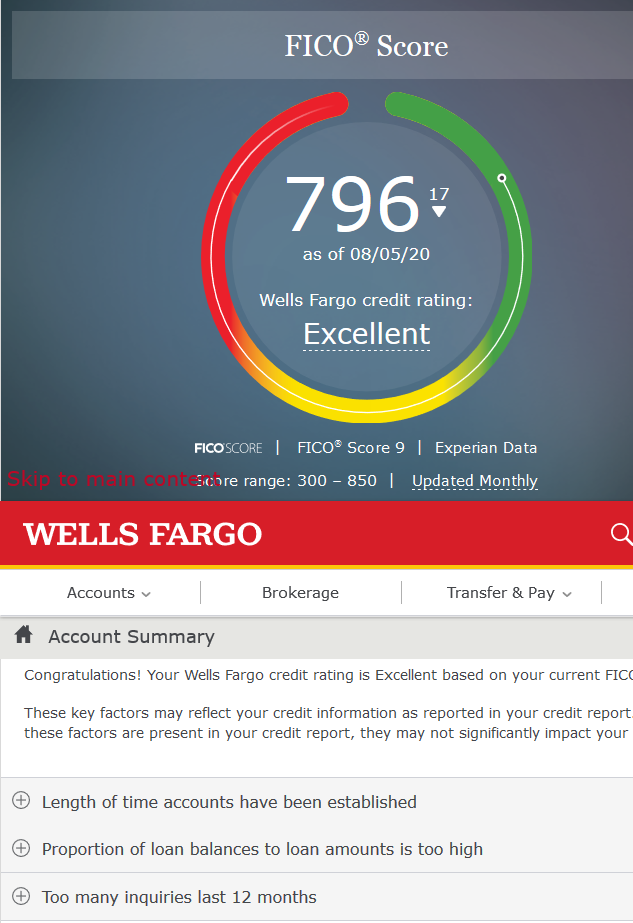
Credit card companies offer many services and products. The best way to compare these products is online. You can find websites that review different products and group them based on their main functions. These websites will allow you to compare student credit cards and list their benefits. These sites are great for getting an overview of the pros, cons and benefits of each credit card.
Interest charges vary widely from card issuer to card issuer
The interest charges on your credit cards may vary depending on the issuer. Some issuers charge "teaser rates" - zero percent for the first few months - while others charge up to 40 percent for the rest of the year. Individual states may also set interest rates. Individual states may have different interest rates, such as South Dakota which does not have any interest rate limits and Delaware which has weak usury legislation.
Different creditworthiness levels may have different interest rates. Higher rates may be charged to borrowers with poor credit. Others have lower rates for those with better credit. The prime interest rate banks charge to their most creditworthy clients determines your interest rates.

From card issuers to card issuers, interest rates can differ widely
While credit card interest rates fluctuate widely, the average rate is around 17% for at least the first half. NerdWallet says that interest rates on credit cards are determined based on consumer credit ratings. Lower interest rates are associated to higher credit scores. Consumers with better credit are more likely to repay their debts.
Some banks have raised their interest rates while others have increased their fees due to new regulations governing credit card charges. Consumers are encouraged to do comparisons and study the fees associated credit cards.
Benefits from a balance transfer credit cards
Balance transfers can be a great way to increase your credit score. However, they may not always deliver immediate results. In the case that you miss a payment, you may end up in deeper debt and have a higher debt ratio. In addition, a balance transfer will have a negative impact on your credit history and can even result in an increase in your interest rate.
A balance transfer is a way to move a credit card balance to a card with a lower interest rate. This can reduce your monthly payments and help you pay off a larger percentage of your balance faster. Many balance transfer credit cards offer an introductory period with 0% APR. These rates are available for between 12 and 21 months.

Interest expenses on credit card loans
The interest expense on credit card loans varies depending on the amount borrowed and the type of purchase or balance transfer you make. The interest rate on your credit card may also differ based on your credit score and the credit card issuer. The annual percentage rate, also known as the APR, measures interest expenses over a year.
Interest expenses on credit cards are an ongoing expense that you must pay. Most issuers calculate interest expenses as an annual percent rate (APR), which can be found in the terms and condition. The APR can vary depending on federal rates. Credit CARD Act of2009 forbids issuers increasing rates without prior notice.